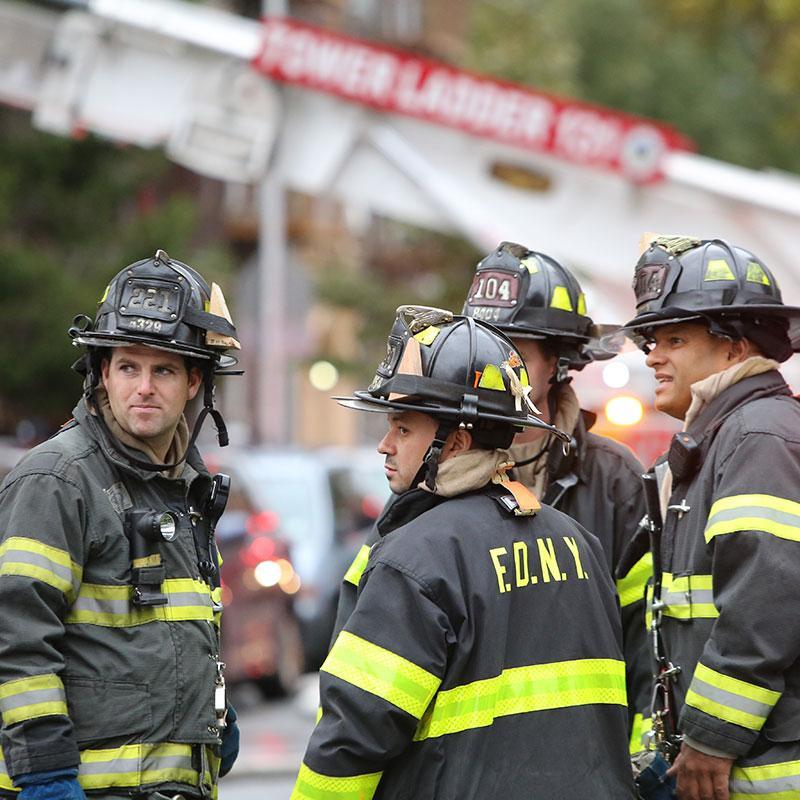
The Orientation:
Safety orientations and safety briefings are one of the most important methods by which you will receive that information which you will need to remain safe during an event.
The course “Safety Guidelines for First Responders & Disaster Workers” is a massive undertaking. We have straddled the very edges of lessons learned, situational awareness and determining the best way share that vital information with you.
There will be, we’re sure many responders who have dealt with many events and emergency situations which gives them a sense of knowing what will be expected. Well, this one, this event may prove to be the one that’s different enough, it may pose exposures and/or dangers which they’ve never seen or been aware of before.
It is precisely for that reason that we ask all responders regardless of what their experiences may have been to take the necessary time and focus to be become aware of “This” events unique dangers.
How do we get you past, showing up to this course with a pre-notion that you have nothing to gain. That’s a huge leap of faith. Most responders have and will sit through scores of safety orientation and action briefings. What makes this course any different? We feel we let you gain insight into what is found between the lines. Things that get lost in translation or something that is not fully disclosed. You should know everything you possibly can to assure your safety. If and when things come apart at the seems, what are the next steps? Is the communication clear? These are things that should be discussed in an open orientation and briefing.
As seasoned a seasoned responder we will ask that you bring a little humility to the table and understand none of us can know everything. Going through score of previous orientations and briefings doesn’t mean this one will be the same. This one, could be the one you’ve never seen or anticipated.
Guessing is not an option one can afford to carry along with them in these unforgiving environments. Even on the surface, when things seem calm and “Normal”, there can exist on the other-side of a site’s façade exposures and dangers that can alter or end your life all together.
Stay informed. If you ever miss an orientation or briefing, it will be worth your while to catch a repeat of them. Most properly structured events will either hold them as recorded tools (video, audible or printed) that you can use to assure your being informed.

Give pause to know that there is a great deal more to explaining to you what safety is and how to include it as an integral part of your every moments behavior. These are learned traits. Take the time necessary to embrace them. This should become a new mindset for you that will prove to be the most effective way to ensure your safety and life, as well as the health and lives of those around you.
If you take the time necessary to become knowledgeable in these safe practices, it will most assuredly provide you more time and a healthy outcome for your future.
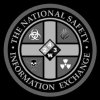

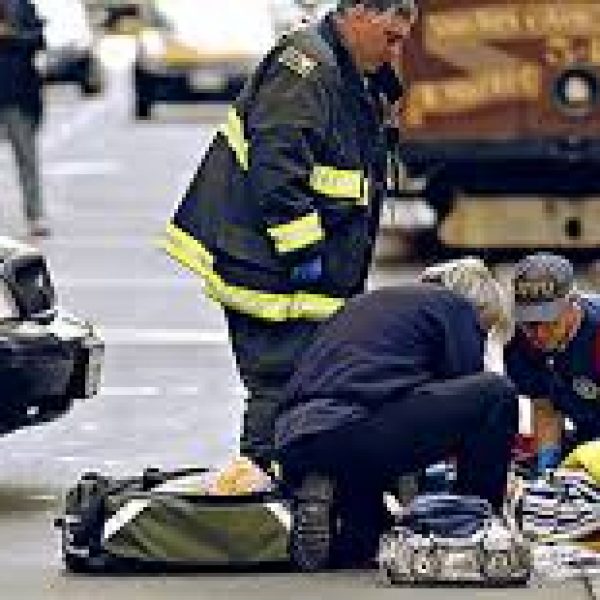
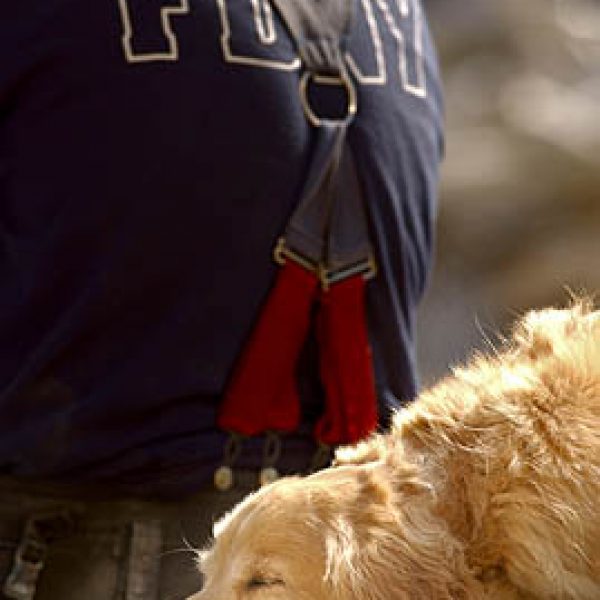
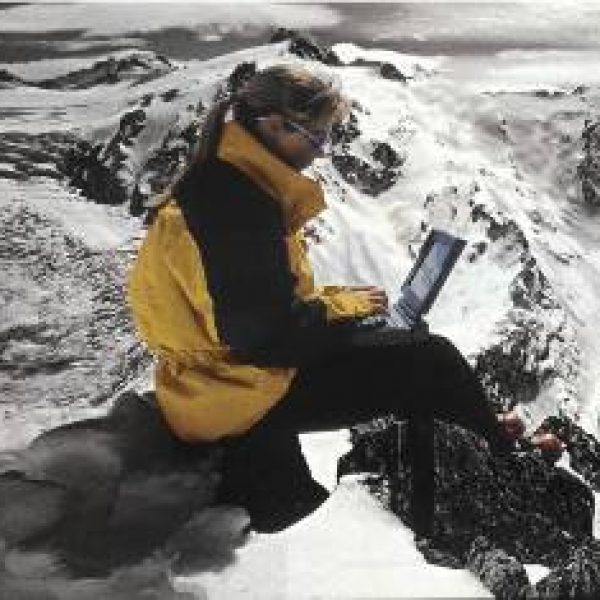


An effective orientation sets the foundation for how individuals utilize safe work practices in the filed. Safety Guidelines for First Responders and Disaster Workers’ far exceeds any program that has ever been available before.
It is critical to have accurate safety references and data, event specific data should always be sought and made available to all responders, this work provides more than just a simple data list overview. These are in fact the baseline principles from which one should work. Outstanding